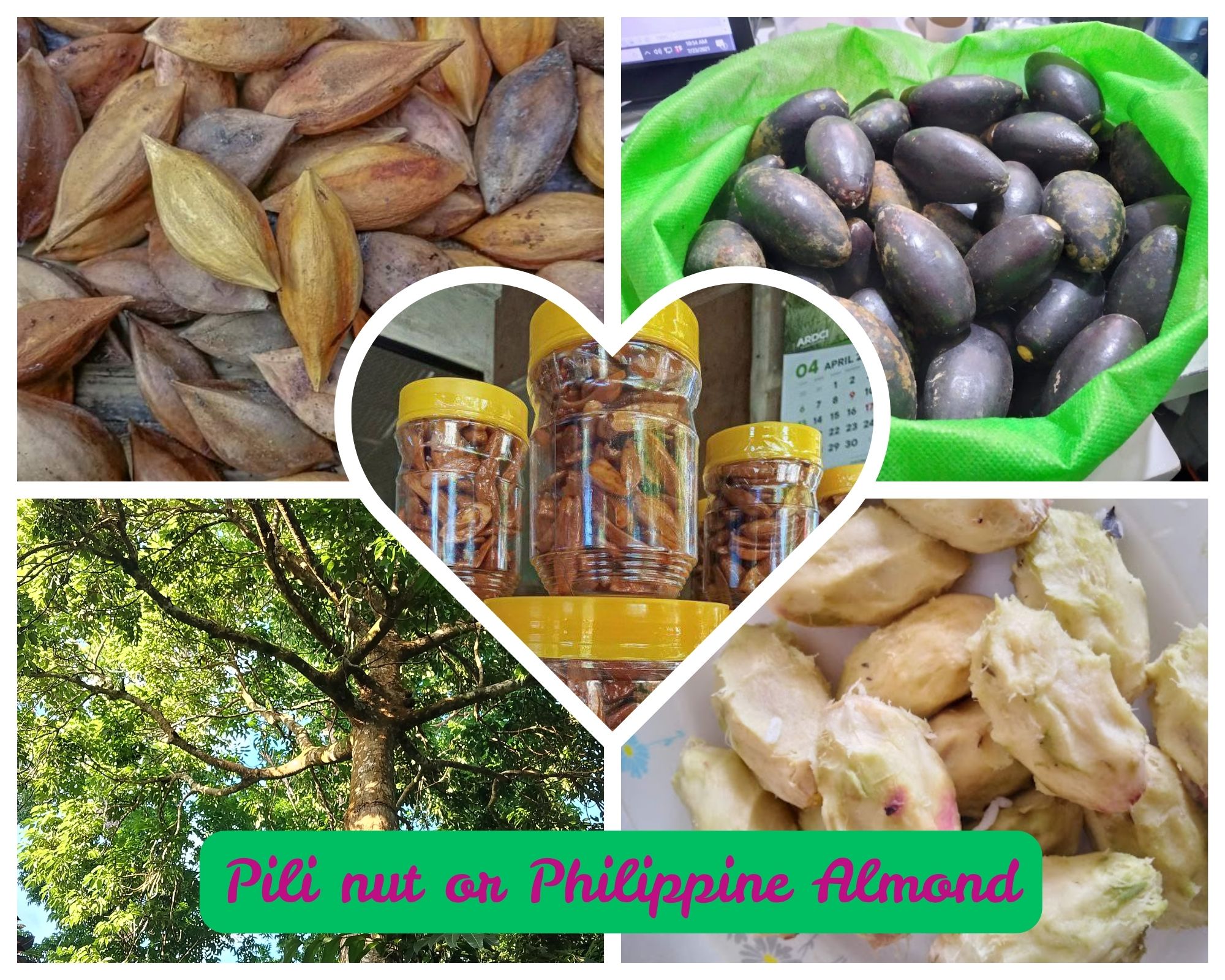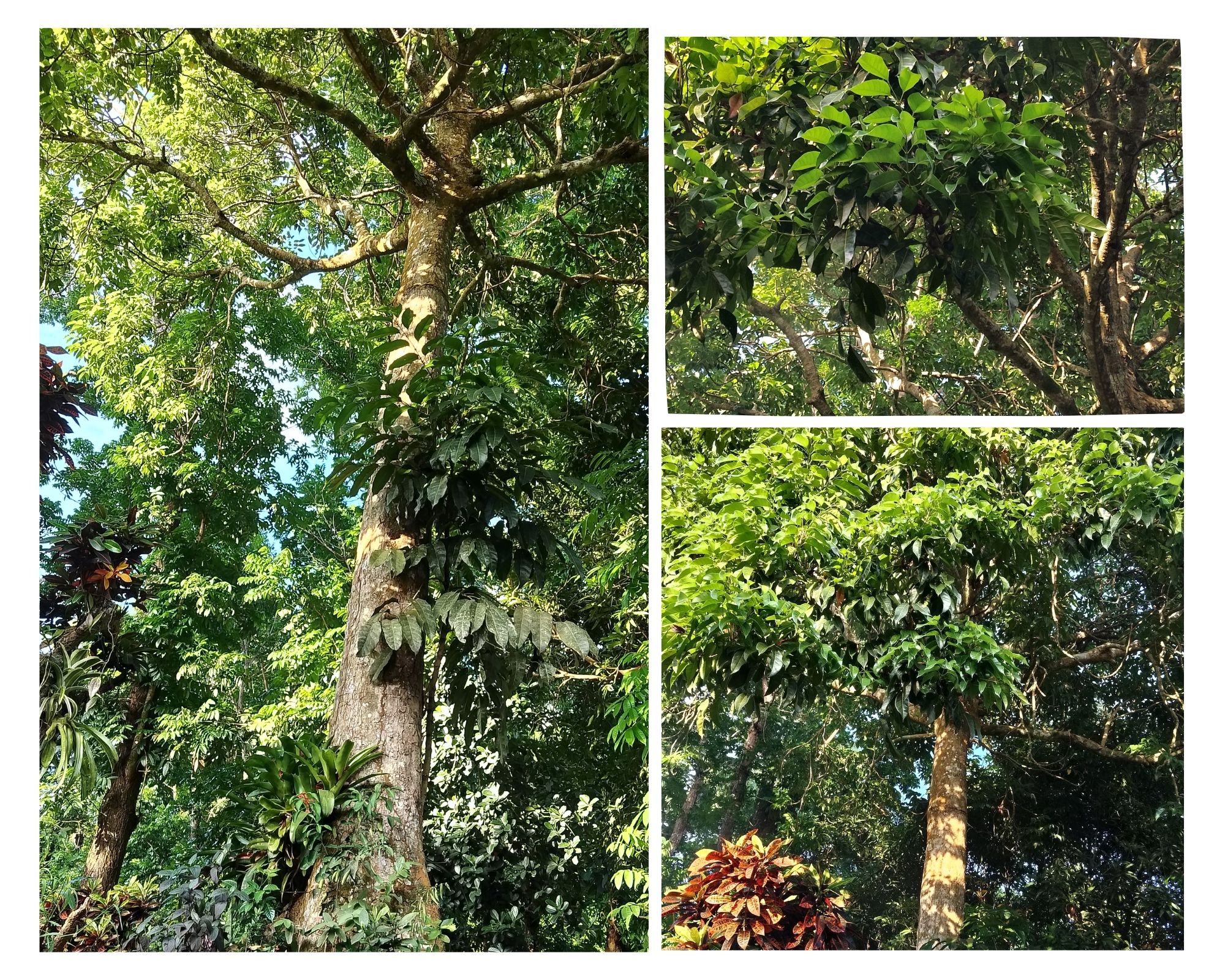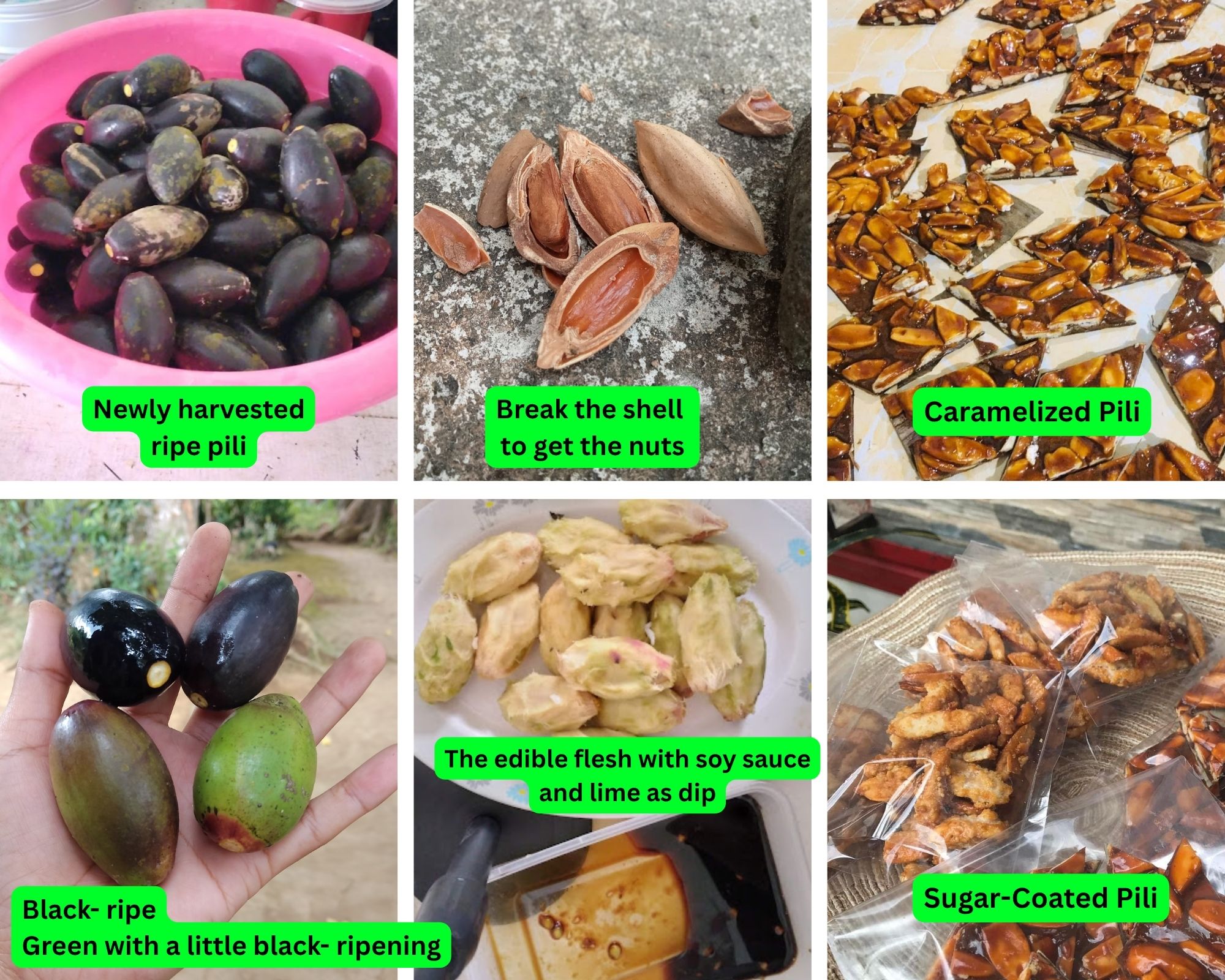Hello, my dear hive gardeners here at @hivegarden! This month, we are experiencing balanced weather in the Philippines, with enough sun and rain. Today, it was sunny in the morning and rainy in the afternoon, so our plants are really enjoying the nourishment. Here I am again, really excited to participate in the Hive Garden Question of the Week.
This week’s prompt is about Global Gardeners, and I really find it fascinating since I am very interested in other countries’ gardening practices, native plants, and how different cultures grow and care for their green spaces. I want to answer the question: What do you grow in your garden that's absolutely particular to your country? So, I would like to introduce to this community and the world our very own Pili tree (Philippine Almond)!

In my province, Sorsogon, Pili trees are more than just crops; they are part of our cultural identity, livelihood, and tradition. Pili nuts or Canarium Ovatum are native to the Philippines and grow abundantly in the Bicol region. Aside from the tropical climate, it is claimed that Pili trees love the volcanic soil in my region since we have a total of 12 volcanoes, where four of them are active, including Bulusan volcano in Sorsogon and Mayon Volcano in Albay.
My province is considered to be the biggest producer of quality pili nuts in the world, and I am proud of that. In fact, Pili Festival is being held in the province’s capital, Sorsogon City, every year to feature its unique pili products.

This big Pili tree is just in front of our house. I guess it’s more than three decades old now. It was still small when I was a kid, and we played around it, hanging on its boughs.
Its branches are firm and flexible, capable of withstanding strong winds, which is perfect since our region is one of the most typhoon-hit areas in our country. Aside from this tree in our front yard, we also have around 20 pili trees in our farmland in the nearby village.
Pili nuts are usually harvested when the fruits turn black, but you can also pick them while still green, but not too young, because the nuts inside the shell might not be fully developed.

This is what the fruit looks like. There is an outer skin covering the shell, and inside the shell is the nut, so it’s not easy to get the nuts. We can eat both the fleshy part beneath the outer skin and the nuts inside the shell. We just soak the fruit in lukewarm or slightly warm water to soften it, then we can remove the outermost skin and eat the fleshy part that covers the shell. We often use spicy soy sauce with lime as a dip.
And of course, the most precious things are the kernels inside the shell, which are being exported to different countries. They have buttery textures with rich taste and high nutritional value. These tasty buttery kernels are made into different kinds of treats such as Sugar-Coated Pili, Pili Brittle, Roasted and Caramelized Pili, Pili Pastillas, Pili Tartlets, Pili Mazapan, Pili Conserva, etc. Sorsogon once made the biggest Pili Conserva as a Guinness World Record attempt.
Thanks for reading my story. I’m really enjoying the community’s weekly prompts, and I love reading your entries too.
(Photos are mine, edited in Canva)